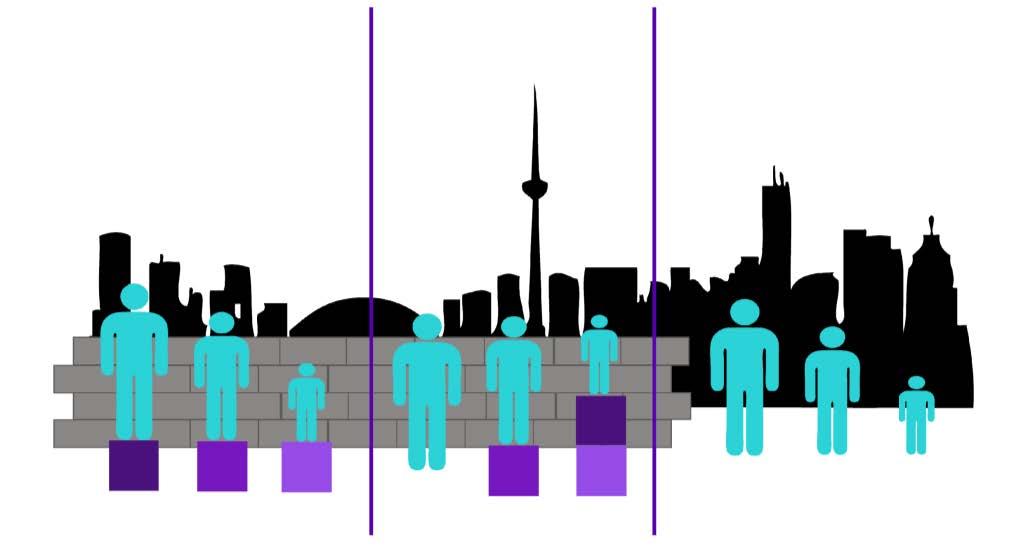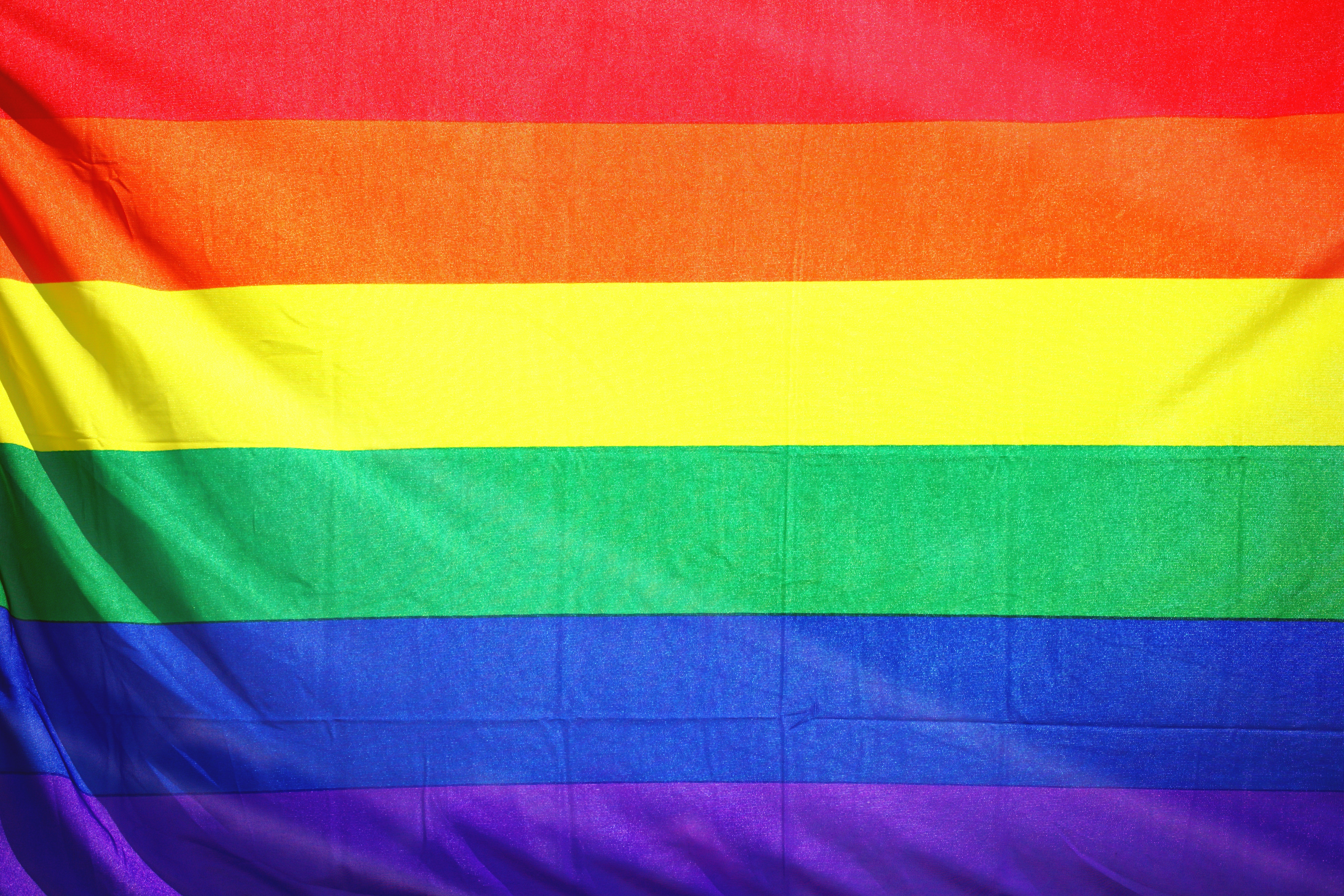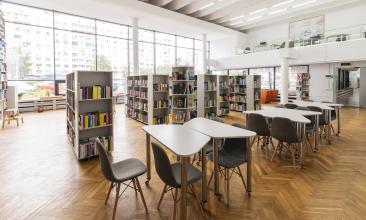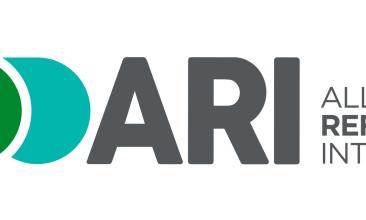What does LGBTQIA+ mean?
This acronym may vary from one community to another. People use different terms to identify their sexual orientation and or gender identities and expression.
LGBTQIA+ stands for:
L - Lesbian
G - Gay
B - Bisexual
T – Transgender
Q - Queer
I - Intersex
A - Asexual
+ - Other gender identities and sexual orientations
It is important to note that you should never label a person; instead, use the term they use.
What about LGBTQIA+ newcomers and refugees?
LGBTQIA+ people represent a large, but often invisible, part of immigrant and refugee communities.
Newcomers and refugees who identify as part of the LGBTQIA+ community are often marginalized within their cultural, faith and traditional LGBTQIA+ communities. This leaves people with the impression that there are few options for obtaining services.
In the context of the settlement sector, a Positive Space is a welcoming environment where LGBTQIA+ newcomers can access culturally inclusive services with dignity and respect. Service providers can work free from discrimination based on sexual orientation, gender identity and gender expression.
As settlement service providers, you need to work to actively incorporate an Anti-Racism and Anti-Oppression (ARAO) framework into our practice and work in solidarity with marginalized groups.
Pronouns
Pronouns are simply how an individual would like to be addressed, much like how we choose to be identified, i.e., male, female, intersex, gender non-binary, gender non-conforming, etc.
There are a variety of terms in circulation in North America, including:
She/Her
He/Him
They/Them/Their
You may ask yourself if using “they” as a gender-neutral pronoun is grammatically correct. Consider if you find a wallet on the ground; you might say, “I should find the owner of this wallet. They must be looking for it.”
Including pronouns is a way to normalize discussions about gender.
How do I ask what someone’s pronouns are?
One way you can ask is by stating your own pronouns; this gives others the opportunity to do the same. For example: Hi, I’m Hong, and I go by ‘he/him/her.’
Never force someone to share their pronouns, as they may not feel safe to do so.
Adding pronouns to your email signature can be another way to create inclusive conversations about pronouns. You can add it to your name when using an online platform, such as Zoom.
For example: Noor (she/they) | OCASI
What if I accidentally use the wrong pronoun for someone?
If you misgender someone, follow these steps:
- Calmly apologize
- Correct yourself
- Continue speaking
A shorter apology is better, as you do not want to prioritize your feelings or ego now.
Challenging Forms of Persecution Against LGBTQIA+ Individuals
As service providers, challenging everyday forms of persecution is important to get people thinking critically about the underlying assumptions being made about LGBTQIA+ service users and service providers.
Social Support Systems and Barriers
Oppression for LGBTQIA+ newcomers is multi-dimensional. Each point represents a possible source of support for an LGBTQIA+ newcomer or a potential barrier.
- Family and Friends
- Work
- Home
- Community
- Agency
It is difficult to predict whether a social system will be a source of support or a barrier for an individual. Cultures, religions, and ethnicities are made up of a variety of individuals who have different beliefs and outlooks on life. Each of these factors will influence how a person may react to or engage with an LGBTQIA+ identified newcomer.
Removing Systemic Barriers
Our end goal as service providers is to remove the systemic barriers that prevent people from accessing services.

The image shows the difference between equality and equity.
- Equality: It is assumed that everyone will benefit from the same support.
- Equity: Individuals receive different supports, giving each access to view the city.
When we remove Systemic barriers, everyone can view the city without support or accommodations because the source of inequity is addressed.
Intersectional Oppressions
The concept of intersectionality describes how multiple systems of power affect individuals for whom different aspects of their identity cannot be separated.
Many LGBTQIA+ identified people experience various forms of persecution, violence, and discrimination on both interpersonal and structural levels. Although in Canada we have laws that protect LGBTQIA+ people, LGBTQIA+ newcomers and refugees still experience various forms of persecution here in Canada.
Each of the terms learns about each form of discrimination:
- Homophobia: Hatred, fear, intolerance, disapproval, or disgust toward gays and lesbians. Homophobia is dangerous because it frequently leads to discrimination and violence against people who are, or are perceived to be, homosexual. Homophobia is frequently used as an umbrella term to include biphobia, transphobia, and attitudes leading to the oppression of LGBTQIA+ people in general.
- Biphobia: Hatred, fear, intolerance, disapproval, or disgust toward bisexual people.
- Transphobia: Hatred, fear, intolerance, disapproval, or disgust toward trans people.
Homophobia, biphobia, and transphobia can be both individual and systemic, and various institutions practice it in society.
Racism, xenophobia, trans-misogyny, and islamophobia do not exist in a vacuum. Intersectionality tells us that LGBTQIA+ immigrants and refugees experience homophobia/ biphobia/transphobia on multiple levels based on the different facets of their identity.
When serving LGBTQIA+ immigrants and refugees, it is important to ask yourself what you can do to serve each individual in the context of their identity.
The impact of positive spaces
- Part of developing positive spaces is helping all newcomers to feel comfortable and visible, as well as understanding and supporting their resettlement goals. We must catch and educate ourselves or our colleagues when we hear the faulty assumption that we don’t serve LGBTQIA+ identified newcomers.
- As service providers, we need to strive to build Positive Spaces in order to acknowledge and celebrate the rich gender and sexual diversity that exists within our communities, to support all arrivals to Canada in achieving their full potential in Canadian society, and to support service providers in serving their service-users effectively with dignity and respect.
- Regardless of your personal beliefs, all service providers have a commitment to provide respectful, relevant, and effective service to service users and create an atmosphere that respects human rights and is positive for service users, staff, and volunteers.
The Impact of Negative Spaces
Negative spaces are spaces where it is harmful, dangerous, or discouraged to identify as LGBTQIA+.
Each of these aspects of society can contribute to a negative space:
- Language: The use of negative terms impacts a person’s sense of self and their sense of safety. Over time, if these experiences accumulate, it can erode the self-esteem of LGBTQIA+ individuals, and impact their choice to be out, particularly if they perceive that they don’t belong in their communities.
- Organization Culture: Harmful messages about someone’s SOGIESC (Sexual Orientation, Gender Identity, and Expression, Sex Characteristics) are often reinforced by media messaging. Hearing negative messages being disseminated by an organization’s culture can lead LGBTQIA+ individuals to internalize a sense of self-hatred.
- Systems of Power: Persecutions based on sexuality and gender identity impact entire communities, not just individuals who identify as LGBTQIA+. Impacts include: contributing to segregation, creating a dominant culture of distrust and violence, missing out on the gifts/talents/contributions of LGBTQIA+ people, and leading everyone to believe that violence and harassment against marginalized groups are okay.


